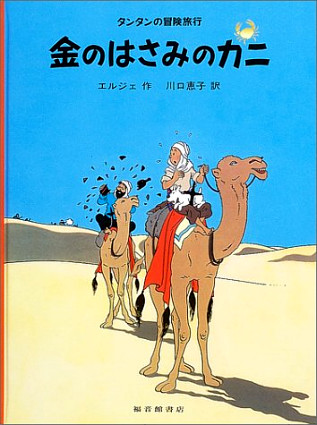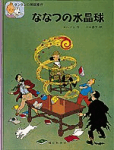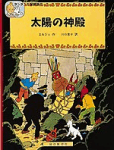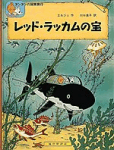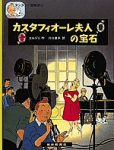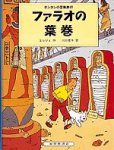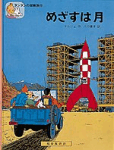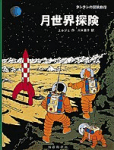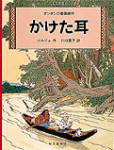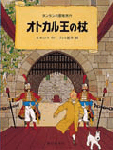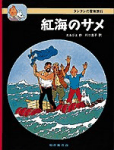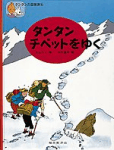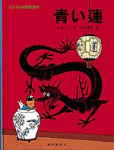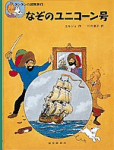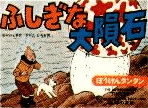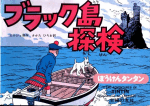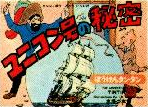Japanese, spoken by
more than 125 million people in Japan, ranks among the top ten
languages of the world.
No definite link
has been established between Japanese and any other language,
living or dead. Though it adopted the Chinese picto-graphic
characters in the 3rd century A.D., Japanese is not, as is
sometimes thought, genetically related to Chinese. Japanese does
resemble Korean in grammatical structure, and though some
scholars have suggested that they are related, this remains to
be proven.
The Japanese
ideographs, known as kanji, number in the thousands. An
educated person can read 10,000 of them and the government has
published a list of 1,850 that it considers basic. The kanji
designate the chief meaningful words of the language-nouns,
verbs, and adjectives. They are, however, supplemented by the kana,
or syllabic characters, which are used chiefly to designate
suffixes, particles, conjunctions, and other grammatical forms.
There are two types of kana, each consisting of fifty
characters: the hiragana, which is cursive in shape and
in general use, and the katakana, which is angular in
shape and is used mainly in imperial proclamations and in the
transcription of foreign words. Each kana character
stands for a single syllable rather than for a whole word.
Theoretically any Japanese word can be written exclusively in
the kana (children's primers are written entirely in katakana)
but the large number of homonyms in the language makes this
impractical. Modern Japanese, therefore, is written with a
mixture of kanji and kana characters. As can be
seen in the passage below, the kana are easily
distinguishable from the kanji by their greater
simplicity of design.
Japanese is
generally written vertically beginning on the right, but many
texts today are written horizontally to permit the inclusion of
English words, Arabic numerals, and mathematical and chemical
formulas. Though various movements over the years have advocated
the adoption of the Roman script, native tradition and the great
Japanese literary heritage militate against such a change.
English words of
Japanese origin include kimono, geisha, sukiyaki, hibachi,
jiujitsu, karate, samurai, hara-kiri, and kamikaze.
Yasunari Kawabata
was the winner of the Nobel Prize for Literature in 1968.
